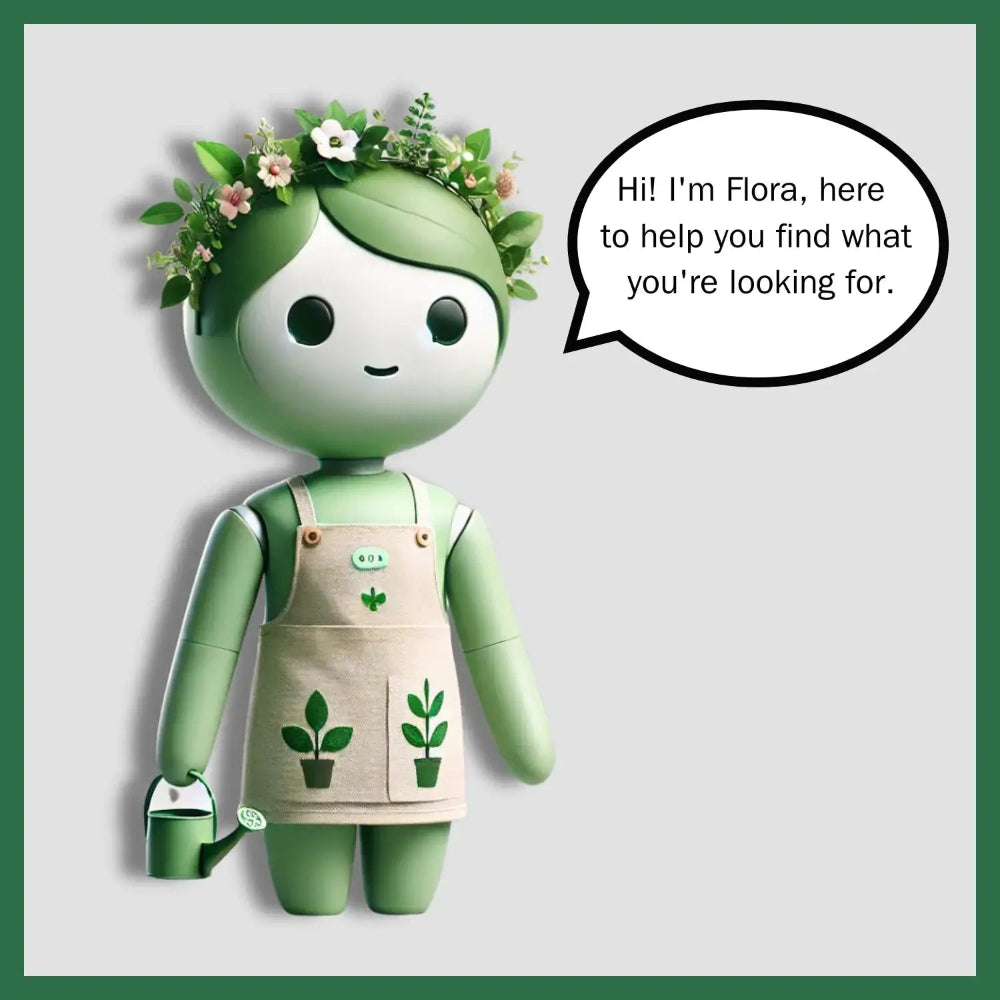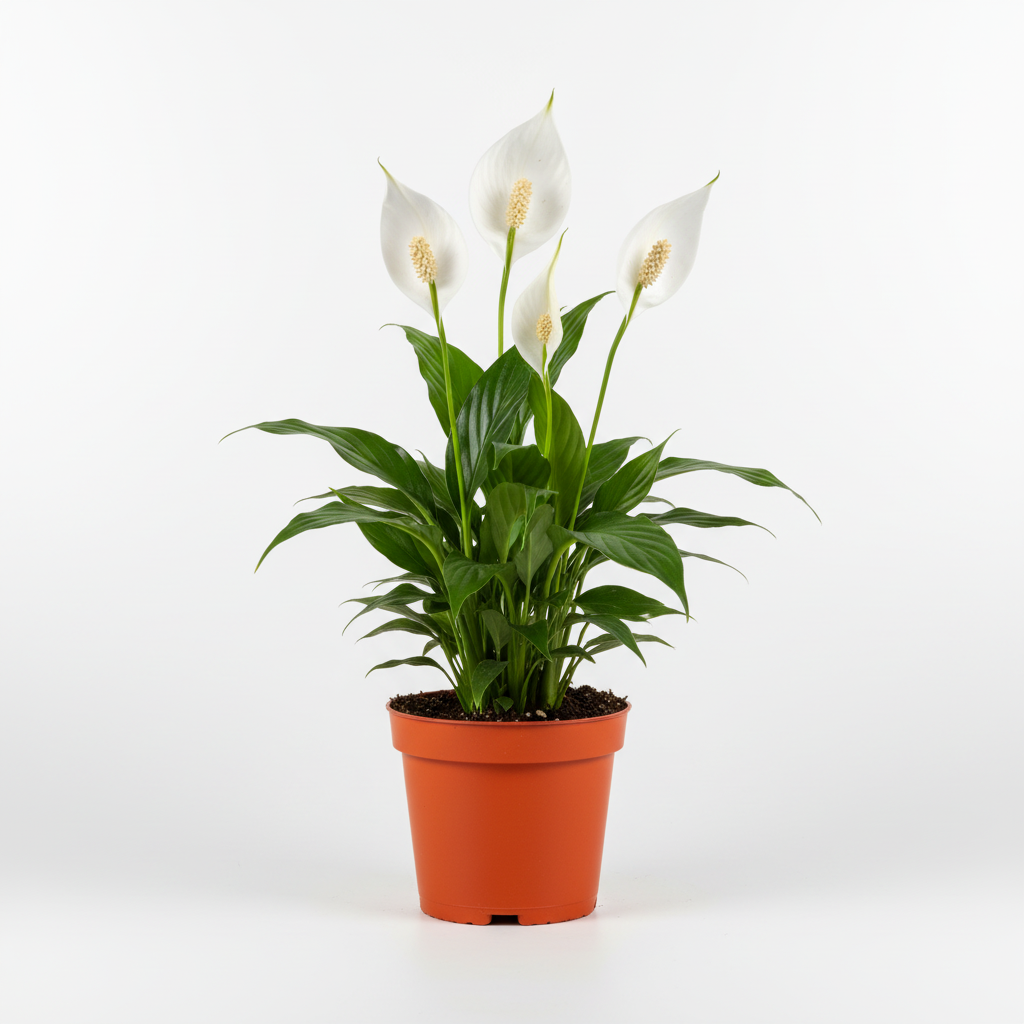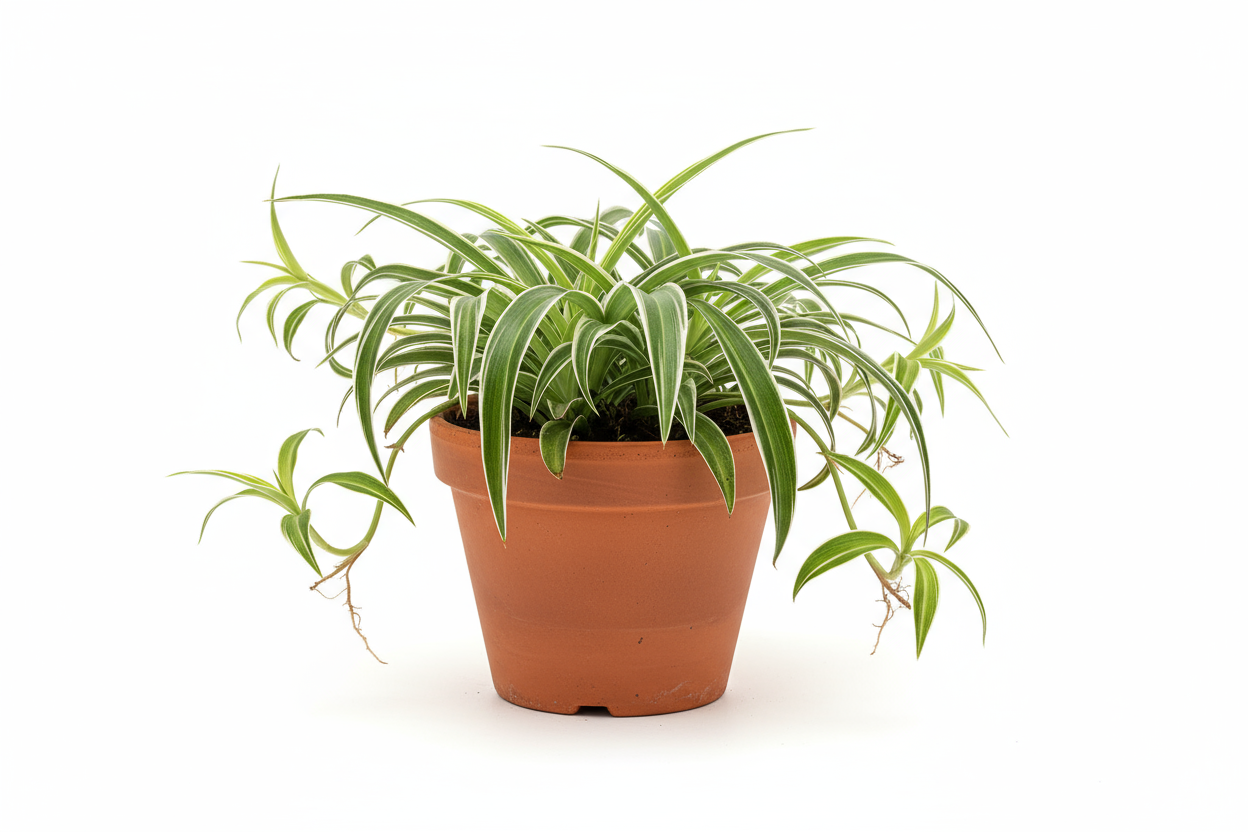Welcome to 'All About Planties'! 🌿 Light is one of the most crucial factors for plant growth. Understanding the ideal light conditions for your plants can make a significant difference in their health and vitality. Let's explore the various light requirements and how to meet them.
Why Light is Important for Plants
Light is essential for photosynthesis, the process by which plants convert light energy into chemical energy to fuel their growth. The right amount of light ensures your plants can produce the energy they need to thrive.

Types of Light Conditions
Direct Sunlight
Direct sunlight means unfiltered sunlight hitting the plant. This is ideal for many succulents and cacti.
Indirect Light
Indirect light is bright but filtered sunlight. Many houseplants, like the popular ZZ Zamioculcas 'Black Queen', do well in indirect light. Check out our Indoor Plant Collection for more options.
Low Light
Low light conditions are typical in rooms with north-facing windows or areas far from windows. Some plants, like ferns and certain types of palms, can tolerate low light. Explore our Low Light Plant Collection to find suitable options.
Determining Light Levels
Using a Light Meter
A light meter can give you an accurate reading of the light levels in your home. Aim for 1,000 to 2,000 lux for low light plants, 2,000 to 5,000 lux for medium light, and over 5,000 lux for high light plants.

Simple Hand Test
Place your hand about 12 inches above the plant. If it casts a sharp shadow, the light is bright. A soft shadow indicates medium light, and no shadow means low light.
Best Practices for Providing Ideal Light
Rotate Your Plants
Rotate your plants regularly to ensure all sides receive equal light. This prevents uneven growth and keeps your plant looking symmetrical.
Use Grow Lights
If natural light is insufficient, consider using grow lights. They can supplement light during darker months or in rooms without adequate sunlight.
Clean Windows
Dust and dirt on windows can block a significant amount of light. Keep your windows clean to maximize the light your plants receive.
Common Light Issues and Solutions
Leggy Growth
Leggy growth, where plants grow tall and spindly, is often a sign of insufficient light. Move your plant to a brighter location or add supplemental lighting.
Yellowing Leaves
Yellow leaves can indicate too much direct sunlight or insufficient light. Assess your plant's light needs and adjust accordingly.
Sunburn
Plants exposed to too much direct sunlight may develop brown, crispy spots. Move these plants to a spot with filtered light.
Light Requirements for Popular Plants
Snake Plant
Snake plants are incredibly versatile and can tolerate low to bright indirect light. They are perfect for beginners. Check out our Snake Plant Collection.
Fiddle Leaf Fig
Fiddle leaf figs thrive in bright, indirect light. Place them near a south or east-facing window for the best results.
Pothos
Pothos are adaptable and can grow in low to bright indirect light. They are ideal for almost any room. Discover our Pothos Collection for beautiful, easy-care options.

FAQs on Light Conditions
Q: How do I know if my plant is getting too much light?
A: Look for signs like scorched or brown leaves, which indicate too much direct sunlight. Move the plant to a spot with filtered light.
Q: Can I use regular LED lights for my plants?
A: While regular LEDs can provide some light, grow lights are specifically designed to provide the spectrum of light that plants need for photosynthesis.
Q: What should I do if my room doesn't get enough natural light?
A: Consider using grow lights to supplement natural light. They can help your plants thrive even in low-light conditions.
Final Thoughts
Understanding the ideal light conditions for your plants is essential for their health and growth. By providing the right amount of light, you can ensure your plants thrive and brighten up your home. For more plant care tips and products, visit our shop and join our community at 'All About Planties'.
Happy growing! 🌱
Articles Related
- Bringing Life to Dark Corners: The Best 8 Low Light Indoor Plants
- How to Water Indoor Plants Correctly: A Complete Guide
- 6 Essential Tips for Caring for Indoor Plants in Fall and Winter









